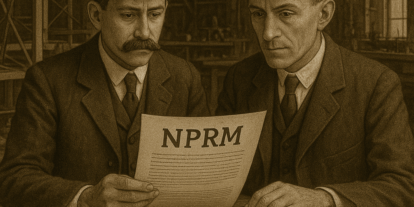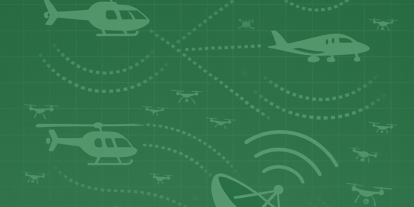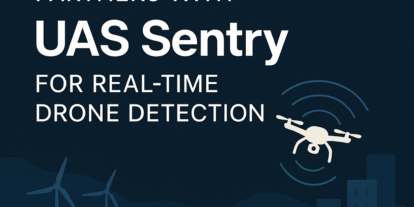As college and professional football seasons kick off, airspace safety becomes a critical concern, especially with the increased number of drone operations. While the FAA has established NOTAMs (Notice to Air Missions) that come into effect for many football games, it’s important to highlight that the FAA does not publish individual TFRs every game or event. You won’t find these restrictions on tfr.faa.gov, for example, so drone pilots must remain vigilant as airspace conditions can change rapidly, particularly in the hours leading up to kickoff.
However, beyond just the games, events like tailgates and other large gatherings around stadiums also present potential risks. Of note, these events are not included in official NOTAMs, leaving gaps in airspace awareness. That’s where Aloft Geo comes in.
Why Aloft Geo?
Aloft Geo is a groundbreaking platform that empowers verified, authoritative agencies to publish airspace and safety advisories directly across the Aloft UTM network. This network reaches the largest audience of recreational, commercial, government, and public safety drone operators, ensuring that crucial advisories are seen and followed.
From the FAA and NASA to local public safety agencies, over 10 million square miles of safety data have already been published in Aloft Geo. This platform is designed to make it easy for universities, stadium managers, NFL teams, and local law enforcement to contribute to airspace safety by publishing both permanent and temporary advisories for their local stadiums and surrounding areas.
The Power of Proactive Airspace Management
As the season progresses, it’s essential that officials responsible for public safety at these events leverage tools like Aloft Geo to ensure comprehensive airspace management. By publishing advisories on Aloft Geo, you can fill in the gaps left by official NOTAMs, providing drone operators with the information they need to stay compliant and safe.
By publishing your permanent and temporary advisories on Aloft Geo, you will reach the largest network of recreational, commercial, government, and public safety drone operators.
The Need for Change
It’s also worth noting the ongoing efforts to improve stadium NOTAMs. The Drone Advisory Council (DAC) recently published a report discussing the need for updates to how these NOTAMs are issued. Currently, over 125,000 square miles of airspace are closed off each year for games, creating an unsustainable situation for the future of drones and AAM. While this report is just the beginning of a much-needed conversation, it underscores the importance of proactive measures like those enabled by Aloft Geo.
A Call to Action
We invite universities, stadium managers, NFL teams, and local law enforcement to join the growing community of agencies using Aloft Geo. Signing up is free and takes just a few minutes. Visit https://geo.aloft.ai to get started today and begin publishing relevant advisories for your stadiums and events.
By working together, we can enhance airspace safety, not just during football games but for all events that draw large crowds. Let’s ensure that our skies remain safe and secure, one advisory at a time.
SGI Waiver Automation
And when you need access to fly in these restricted areas, Aloft has you covered with our new SGI Waiver automation feature in Aloft Air Control. Contact us for a demo or to get this feature added to your account. Every day we’re helping our public safety customers gain official access to the airspace right when they need it.
Jon Hegranes - Aloft CEO
Jon is the Founder & CEO of Aloft, the market leader in drone airspace systems & UTM technologies. Aloft’s patented technology is used in today’s leading recreational, enterprise, and government drone applications.
Jon is a certified commercial drone pilot as part of FAA Part 107, the founder of the Drone Advisory Council, and is an active member of other industry groups, including GUTMA, NBAA Emerging Tech, the FAA’s Advanced Aviation Advisory Committee (AAAC) and working groups, and is a founding member and data working group chair of the FAA Drone Safety Team. He’s a self-taught iOS developer, writes about drone topics for technology news outlets including VentureBeat, TechCrunch, and Forbes, and regularly speaks at industry events such as Commercial UAV Expo, 2B Ahead Future Congress, and DJI AirWorks. Jon graduated from TCU with a major in finance and received his MBA from Thunderbird Global School of Management (ASU). Jon has served on multiple FAA Advisory and Rulemaking Committees (ARCs), including drone detection, counter UAS, and Beyond Visual Line of Site (BVLOS).



